Gamification of business generated worldwide revenue of around $18.05 billion in 2023 and is expected to surpass the figure of $22.45 billion in 2024 and $70.4 billion by 2030.
Thus, the demand for its implementation is consistently growing. It is mostly because it helps the brands to attract new customers, effectively engage them, earn customer loyalty, and help employees to drive productivity.
Hence, strategic implementation of gamification and right milestone-driven execution have become a necessity for most businesses today.
If you are a new or existing brand that wants gamification to be a part of your business engagement practices, then you ought to learn more about it here. With this article, we will educate you on gamification benefits for businesses, alongside other resourceful information.
What is Gamification?
Gamification is the process of adding gaming components into non-gaming contexts. It’s like turning a task into a game with the motive of making it a fun activity by engaging the users.
Think about it like this: Imagine you’re a sales representative at an organization and your manager gives you “points” every time you complete a certain task within the deadline such as converting a potential client.
To make it more interesting, the manager makes a leaderboard revealing who among the team has got the most points each month. Now, the employee with the majority of points may get rewards, such as an incentive or an extra vacation day.
Here, you are not playing a game, but your manager added game mechanics to your work so that your mundane tasks become a fun activity. This is called gamification.
Many large organizations are using various strategies and resources to ensure the proper utilization of gamification techniques to increase user engagement and employee retention. As a result, they are achieving success in terms of holding onto their customers and employees.
What does Gamification of Business mean?
What is gamification in business? Is it profitable to include gamification in my business? How can I implement the strategies then? Wait, wait! We have got all your answers covered.
Gamification of business means adding competitive gaming mechanics into the business environment, to boost the engagement of customers and retention rate of employees.
It’s not entirely the same as the online games you play, but it uses the same concept to keep people connected with the brand for a long time.
Business gamification helps you build a deeper relationship with the employees and customers, making your brand become irreplaceable to them. They dedicate their loyalty to your products or work respectively. This eventually increases the productivity and profitability of your business.
Starbucks and Nike are among the many who are using gamification for their benefit.
How does Gamification of Business work?
Gamification is a technique that makes use of psychological tendencies we have towards gaming i.e. we always feel good when we win or achieve something or do better than others. This is what it does by turning a task into a game.
Gamification is an excellent approach for Engaging, Educating, and Entertaining both the customers and employees of an organization. The gamification strategies support business perspectives of driving the attention of both employees and customers alike.
Here are a few ways that explain how gamification of business works for both employees as well as customers:
- Points
In gamification, points are treated as a score in a game.
Customers– Customers acquire points if they complete a certain task asked by the companies. For example, a purchase. And in return, they get rewards like discounts, cashback, etc. This activity boosts brand retention among customers.
Employees– When you implement it among employees, respective departments will get points upon completing certain goals, such as closing a particular number of sales, meeting deadlines throughout the month, etc. This way, employees would get positive motivation, when competing and winning the points. Thus, the retaining power will multiply.
- Badges
In gamification, badges are like the stamps on the users’ profiles.
Customers– Companies use badges to determine the levels of user participation and customer loyalty for their products. This encourages them to complete their specific activities to earn renowned badges.
Employees– Usually, companies introduce a gamified system where employees can get different badges for completing different goals. This creates friendly competition among them as they start getting recognition for their hard work. Now they would be motivated more to earn high-level badges than their colleagues.
- Leaderboards
In gamification, leaderboards are used to showcase the top performers in any activity that involves scoring or achievements.
Customers– Companies introduce leaderboards to their platforms for customers to compete with one another in the race to win a reward. They can see where they stand and what more they can do to climb up the leaderboard and be in the winning range.
For instance, you have an ongoing offer where you give ten smartphones to users who shop the most from your platform that particular month. For that, the customers need to be in the top ten positions on the leaderboard. This challenge will give you great sales and a high engagement rate.
Employees– Introducing leaderboards in the work environment helps boost employees’ performance and improve the overall work culture. In a survey, around 90% of all employees said that gamification helps them become more productive. With leaderboards, employees can compete with one another to rank highest in the points table.
- Challenges
In gamification, challenges mean the goals that you need to achieve in a specific period in return for a reward. They are similar to levels in a game where the player needs to complete the first task in order to move to the other.
Customers– With this element, besides user retention, you can increase your customer base as well. Imagine using a fitness app where you get points while jogging or exercising daily. In the app, you could challenge a friend of yours to beat your score for the day.
Now, this example shows you how a fitness-specific challenge will bring in more customers to use the brand’s product and hold onto their engagement for the long term.
Employees– Workplace Challenges imply specific tasks, assigned to teams within an organization. The management can announce certain rewards for the employees who complete those challenges or tasks within the specified time. For instance, completing a training course, meeting some immediate targets, etc.
If you have a reward system in exchange for points within your work culture, then employees will take it up as a positive challenge. This, in turn, will increase the productivity rate.
What is the Importance of Gamification in Business?
Gamification in business is more than just a buzzword now. Companies that use gamification as one of their engagement strategies have higher chances of increased customer base and retention, and hence, drive higher revenue than those who don’t apply.
Similarly, when the strategy is implemented among the workers, companies can cultivate a healthy work environment and enhanced productivity.
Let’s understand its importance from both perspectives – employees and customers.
Employee Perspective – Value of Gamification for Employees
Gamification has a strong influence on employee performance and productivity. With the right approach, employees will feel motivated and encouraged to achieve specified milestones. Here are a few ways it can be achieved:
- Incentivizing Teams to Attain Specific Business Goals
When you have a specific business goal, set up an incentive program to motivate employees toward achieving it. This makes them feel more challenged and dedicated to acquiring the reward upon completing the work.
- Improved Employee Engagement
With an introduction to various gamification techniques, there are higher chances of employees being stuck in your company. It is because points, badges, leaderboards, challenges, games, and other such strategies will ensure that employees get recognition for their work. As a result, employee engagement and retention rates become high.
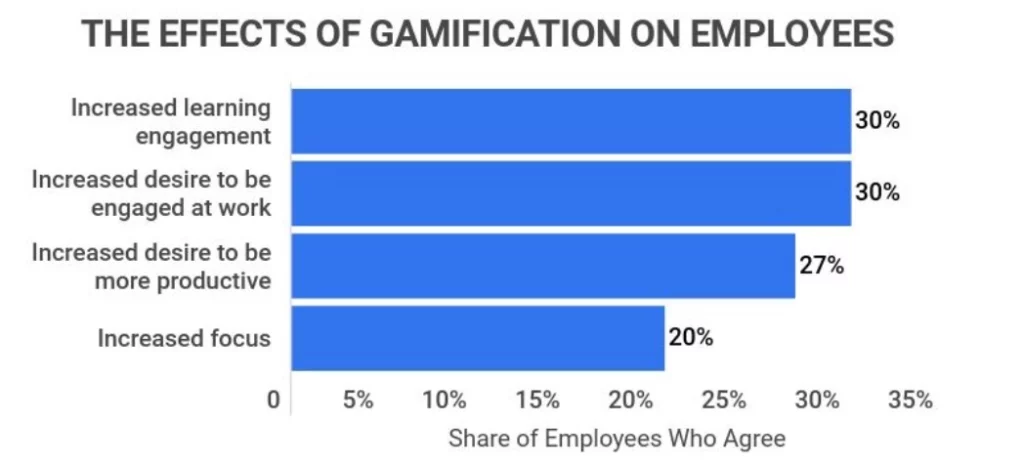
- Enhanced Productivity
When you incentivize every job and work challenge you put up for the employees, it makes work feel more like a game. The boring tasks will become more enjoyable and can motivate the personnel to do their best. Hence, they will try to surpass their potential to get the necessary recognition and appreciation. As a consequence, work efficiency will increase, and so will productivity.
- Workforce Training Becomes Fun
By introducing points and badges to the training programs, you introduce a fun way for employees to learn about new policies, products, or technologies. Let employees earn points on completing each of these programs. In this way, the learning process becomes easy to implement within the workforce.
Business perspective – Value of Gamification for Customers
Gamification has been an excellent strategy for user engagement. Here is how this concept has helped companies draw the attention of their target audience:
- Increased User Engagement
Irrespective of whether you are selling a product or a service, gamification can add an enhanced engagement rate to your overall corporate practices. When you introduce a competitive challenge or reward along with your products or services, you will find customers opting for it, to compete for that extra benefit. So forth, you will get more engagement from your buyers.
They will get attracted to your brand by seeing the scope of winning more cashback, discounts, or prizes by availing of your products or services. And this gives you a chance to hold onto their interest and deliver them quality as committed.
- Meet Business Goals
Your business might have some specific goals like increasing sales, improving customer retention, brand awareness, etc. Keeping your goal in mind, you can make use of a gaming system to make customers more interested in your products or services.
For example, you can bring in points, rewards, or leaderboard challenges around your product with an exclusive prize for the winning person. With this, more and more individuals will participate as the offer seems exciting and competitive. This makes shopping fun and encourages existing customers to come back to your brand more often, thus meeting your business goals.


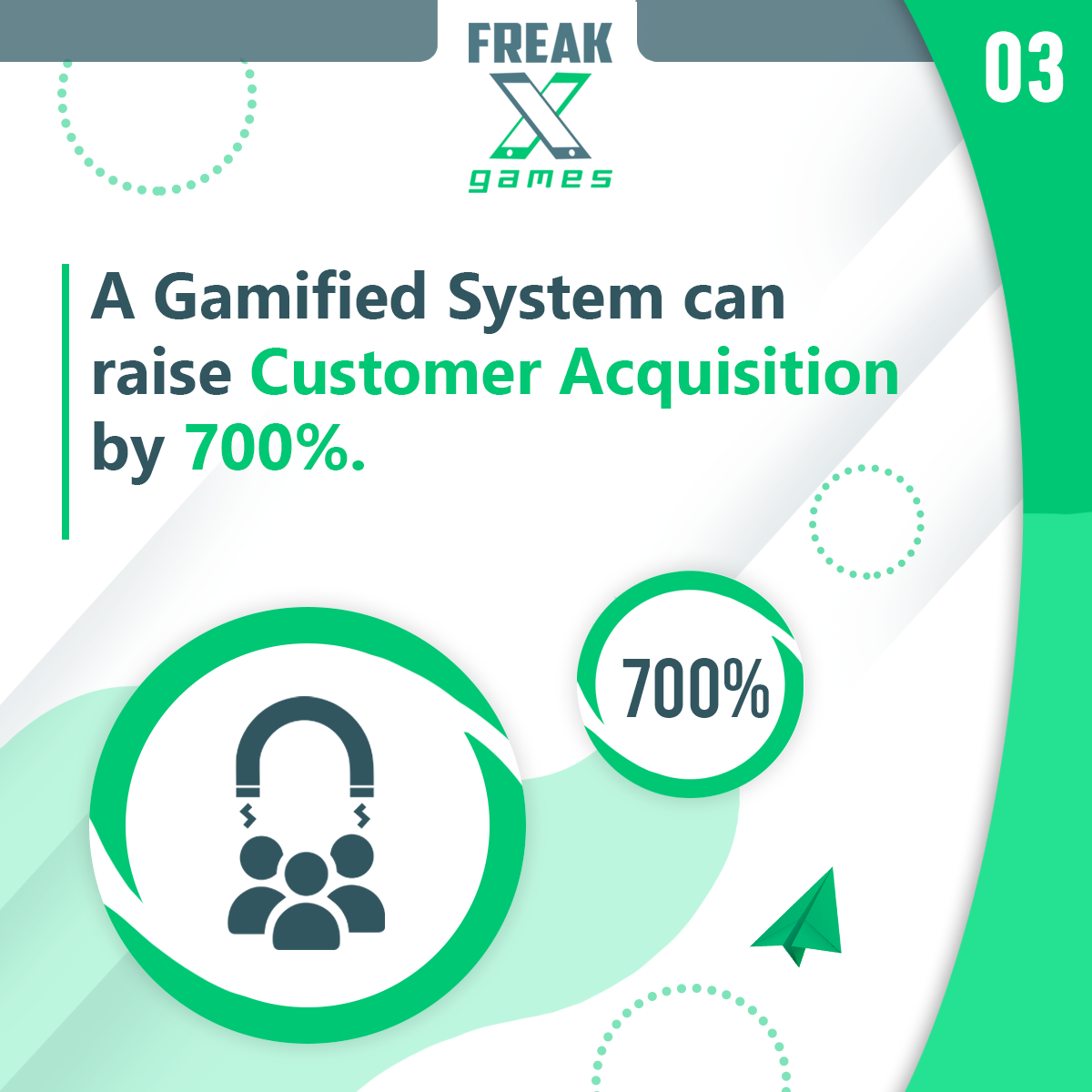
- Collect Customer Data
The best thing about gamification is that most platforms need users to log in through email IDs or social media handles. With this practice, a large amount of data will be collected, regardless of whether the gaming process becomes a success. The data collected will improve your corporate practices over time.
Moreover, allowing the customers to log in and participate in the gamification strategies allows you to implement crowdsourcing to get answers on complex business decisions. Using customer feedback on solving a corporate problem will help you cater to their needs efficiently and ensure better sales in the long run.
- Boost Sales
Among all the benefits of gamification in business, raising sales is one of the most effective ones. When you have incentivized the sale of products or services on your website through ideal gamification strategies, you will eventually record more sales than usual.
The participants will play the game to achieve an objective. This will increase their determination to win the big prize, and thus the sales rate will multiply exponentially.
What are the Best Gamification Examples in Businesses?
So far into the article, you might have become quite knowledgeable about gamification. To show you how some of the top companies are using this concept, here are a few gamification in business examples for you:
Duolingo

Duolingo, a language e-learning platform is a popular gamification company. It helps its customers overcome communication barriers by letting them learn new languages with the help of attractive animated characters as their teachers.
It sets one of the best examples of gamification as a language learning application. The developers have introduced around 100 courses specified for teaching approximately 40 languages.
Based on the gamification framework, the application assesses the learning patterns and human sentiments for creating attractive rewards. For every course you complete, there’s a hidden reward in the form of coins or badges.
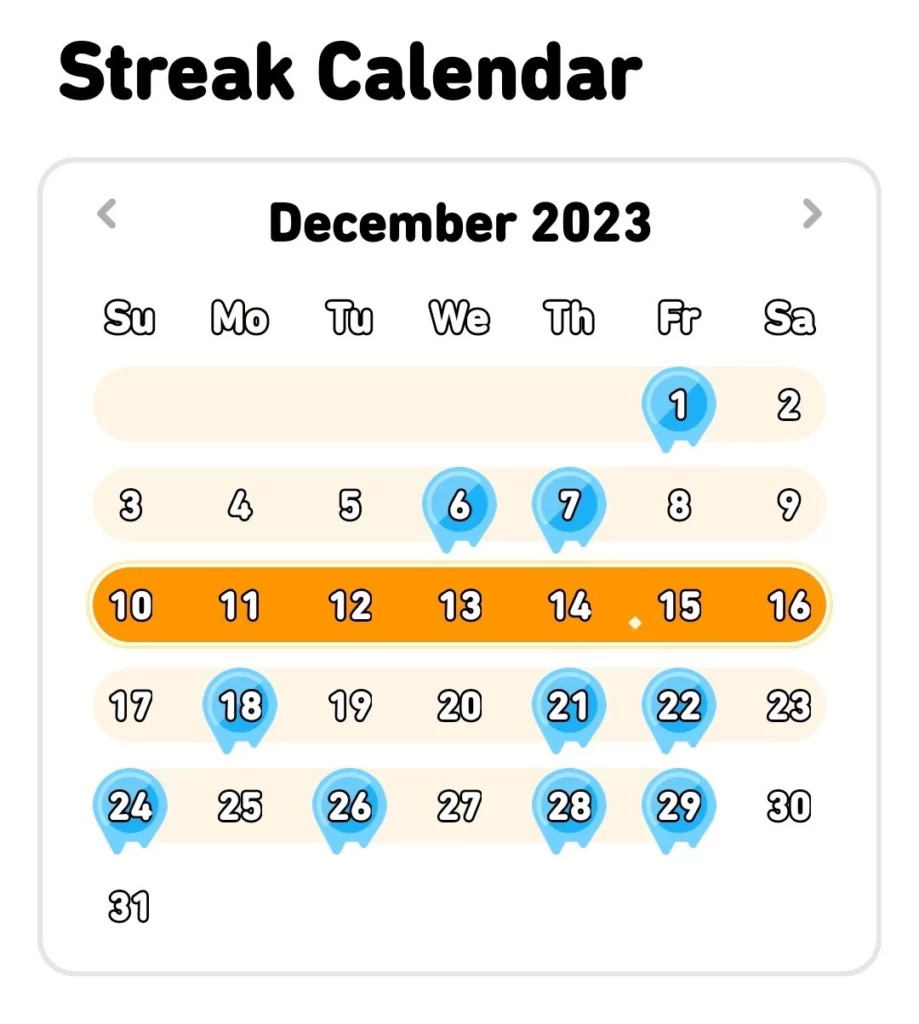
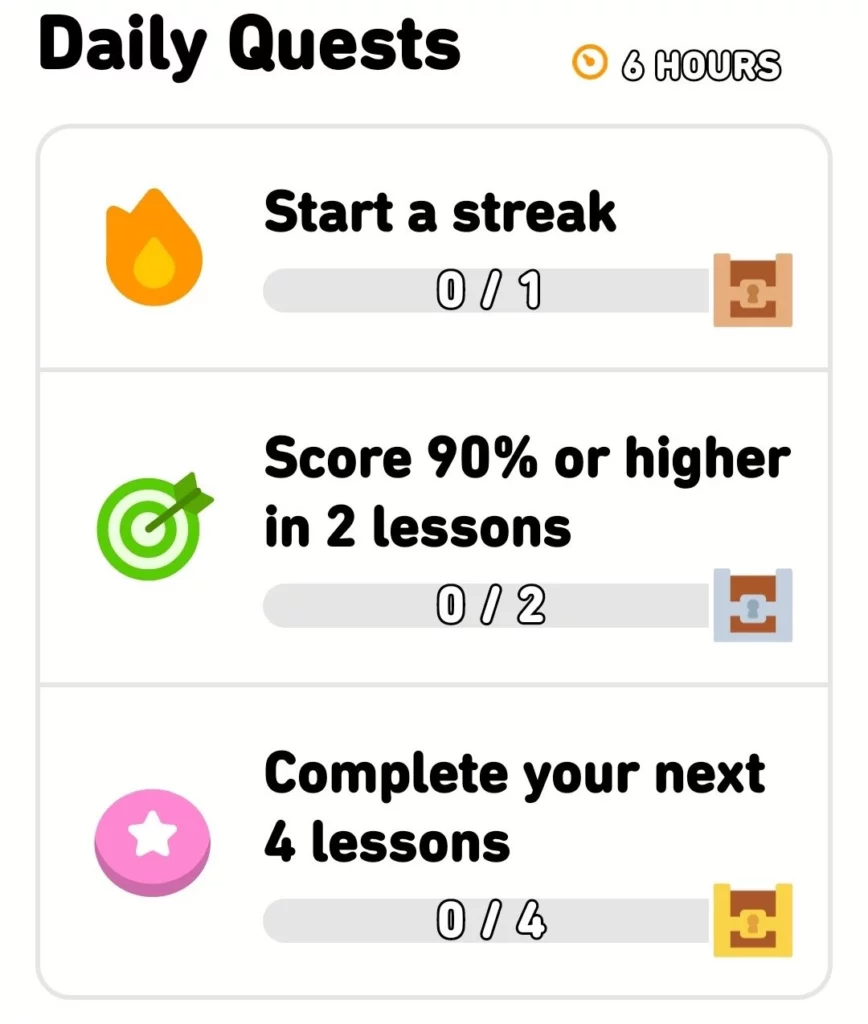


Starbucks
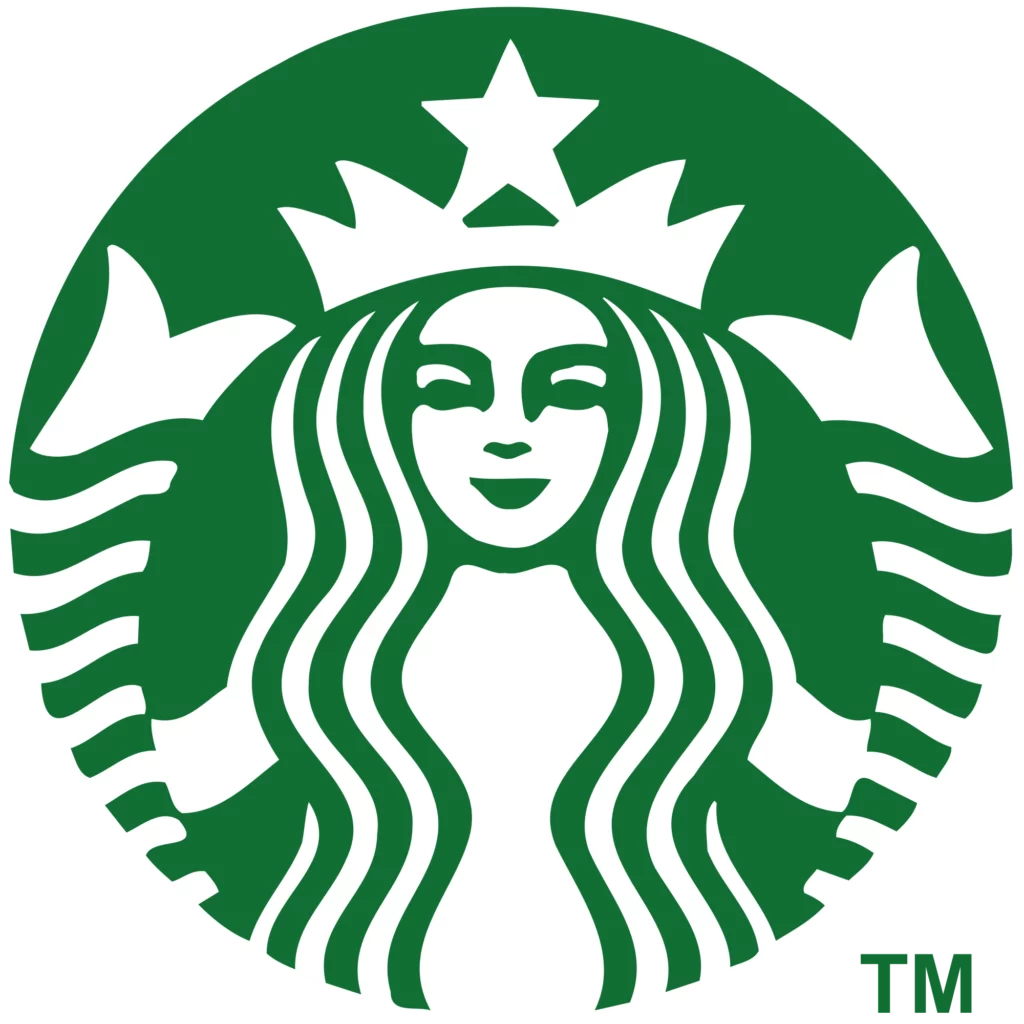
Starbucks, probably one of the best gamification companies has always been a step ahead in terms of implementing tech trends. It has a specific ‘My Rewards’ program on its official application.
Consumers earn points every time they place an order. There is a milestone for buyers to achieve a specific count of stars, following which they get discounted vouchers for their next purchase.
This way, the patrons stay connected with Starbucks to keep getting freebies and rewards over time. They intend to make customers think only about Starbucks whenever they crave a cup of Coffee. Thus, it proves that gamification in business can ensure brand loyalty.
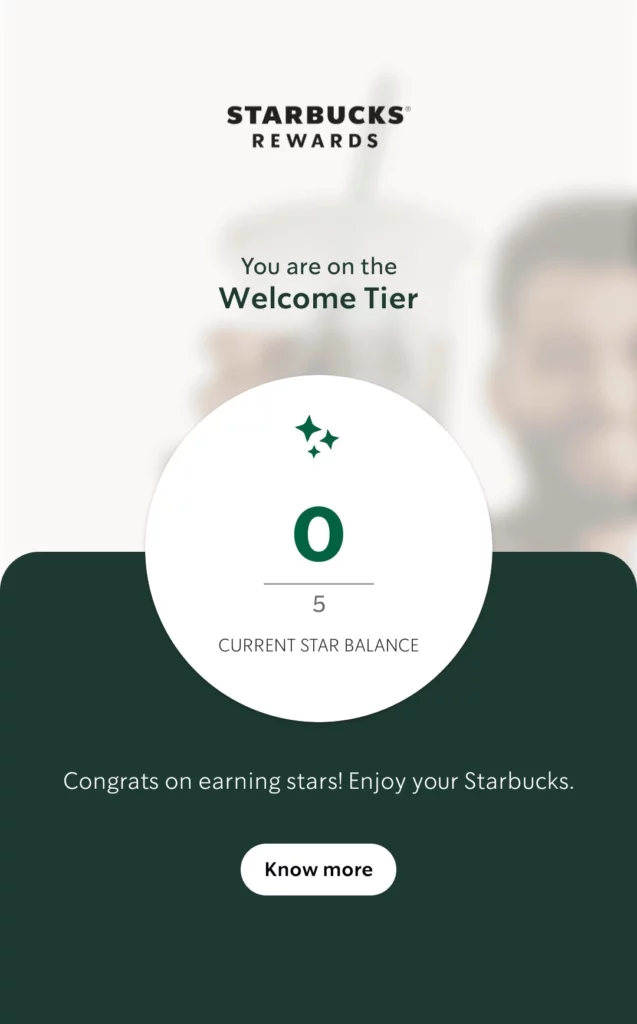

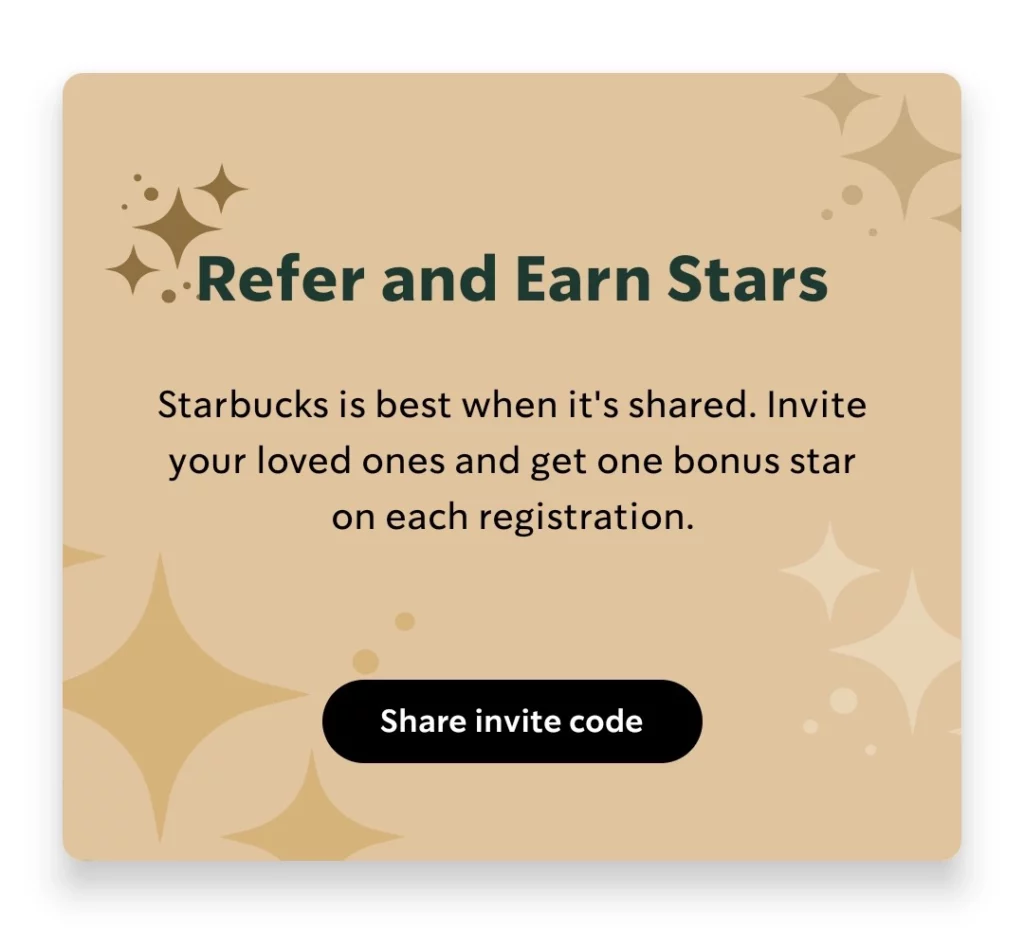
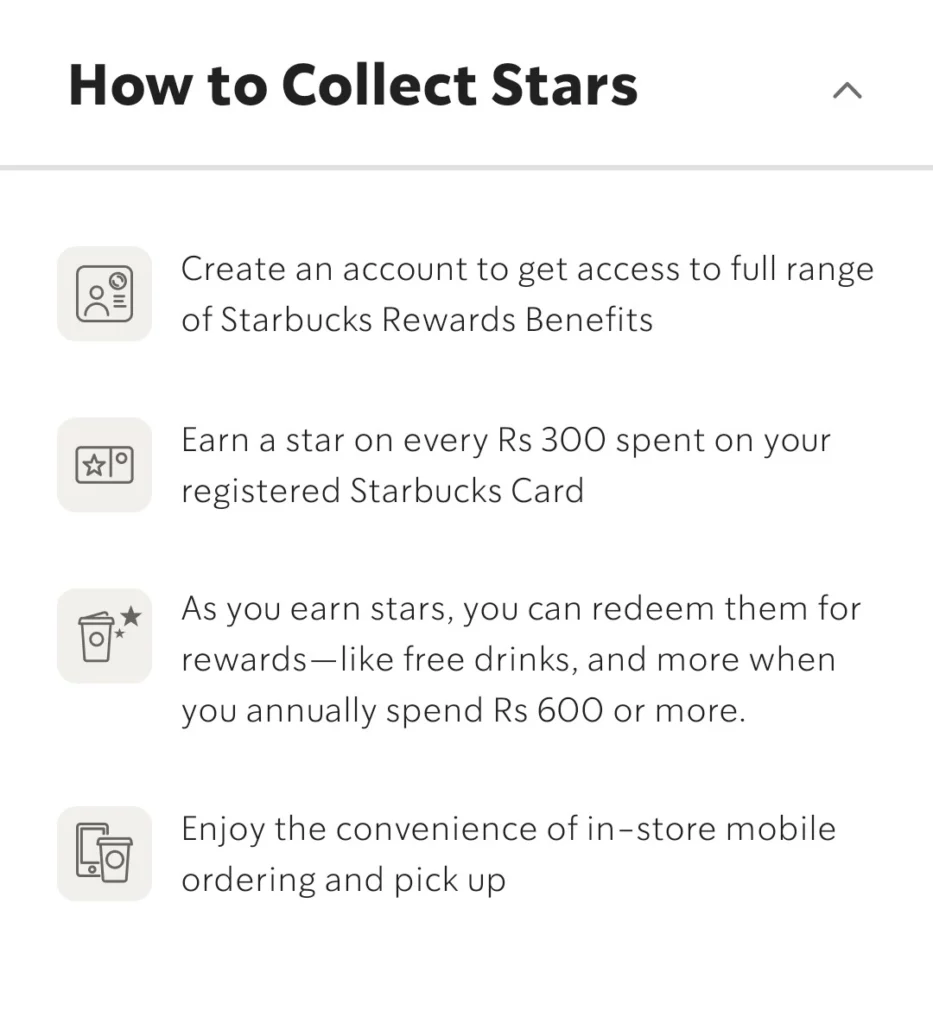
Nike

Nike, a leader in the footwear industry, is one of the most successful companies that use game elements in their application to attract users. It has become a top player in the fitness world as well by incorporating healthy benefits as activities for its customers.
For example, its Nike Run Club application displays the distance customers run or walk. Following that, users get personalized workout suggestions, exercise reminders, relatable articles, and fitness tips.
With features like points, badges, trophies, leaderboards, and challenges, Nike keeps its users engaged at every level. It lets its users compete with one another and earn virtual prizes.
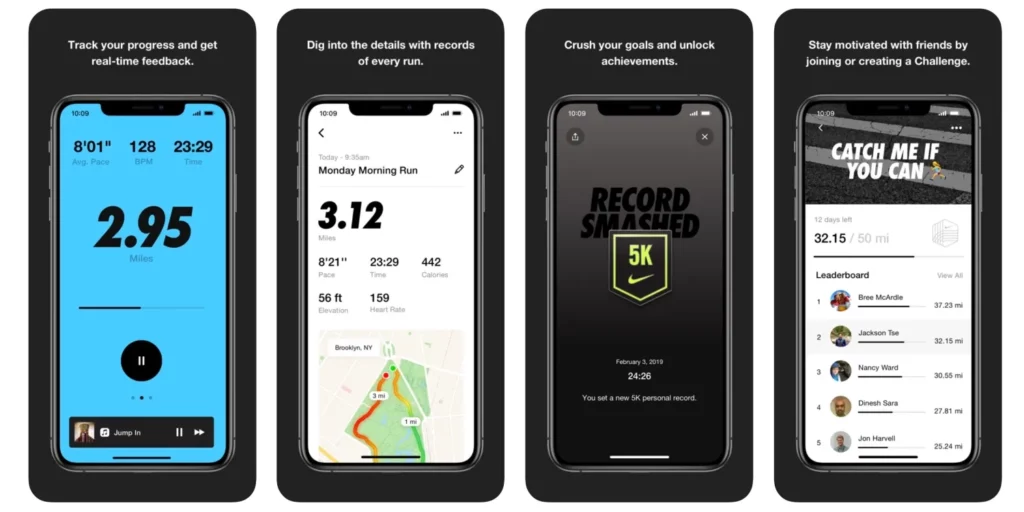
Final Words
Gamification can prove as one of your best plans to fulfill your business goals. In today’s date, it is impossible to ignore this concept. When used effectively, it can result in increased customer and employee engagement, improved user retention, and enhanced brand loyalty.
If you want a gamification strategy that’s engaging, flexible, and fits your brand, Freak X Games is your go-to team. We make fun and exciting games that can boost user engagement, and increase user retention by leveraging gaming elements like scoring systems, leaderboards, and rewards for completing tasks, all of which stimulate involvement and interaction.
So, what gamification strategies would you apply to your business? Is there any other activity in your mind? Comment to let us know!



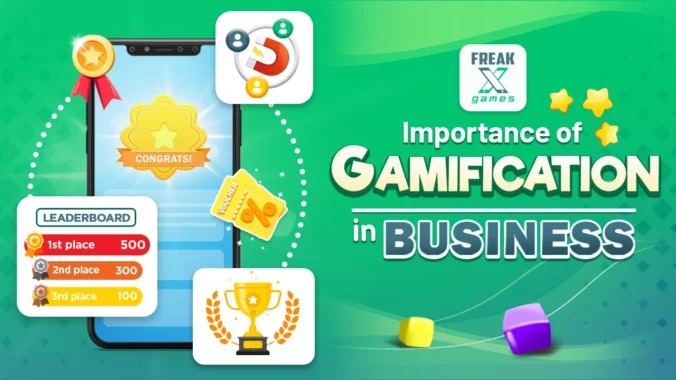


Leave a Reply